Functional beverages have been part of the healthy products industry for some time. However, with the worldwide pandemic, demand for them has skyrocketed, especially among the youngest consumers.
This beverage category that includes a long list of product references has gained great momentum over the course of 2020, with market figures that demonstrate and suggest great future expectations going forward.
Some of the main reasons why these functional liquids are generating accelerated demand include people’s awareness and concern with respect to health in general. Particularly with the arrival of COVID, they have become alternatives to avoid the excessive sugar consumption that goes along with soft drinks.
Another reason has to do with accelerated change in consumption habits, the incorporation of physical activity and exercise in people’s daily lives being just one of many.
A very broad category
1. Sports and energy drinks, beyond caffeine
They represent the largest consumption segment within functional beverages, mostly among millennial and Generation Z. These sports and energy drinks are made with ingredients intended to increase and stimulate energy and provide the extra hydration needed during intense activity.
They are liquids that tend to feature caffeine as the star ingredient along with a mix of basic minerals (calcium, magnesium, sodium, etc.) that are lost through perspiration.

Source: 7-eleven Tritón
In contrast, as is has been proven that caffeine is a stimulant that interferes with sleep, lately they have been incorporating other components such as L-theanine, which provides the same dose of energy without being as aggressive.
Other elements that are gaining ground in this area are beverages with creatine and amino acids.
2. Kombucha and turmeric tea, wellness- and health-related consumption
Drinks like kombucha and others based on turmeric are experiencing a significant rise in popularity. They are the main focus of attention of a consumer who prefers healthy beverages in an atmosphere of relaxation and disconnection, always in connection with a sustainable message.
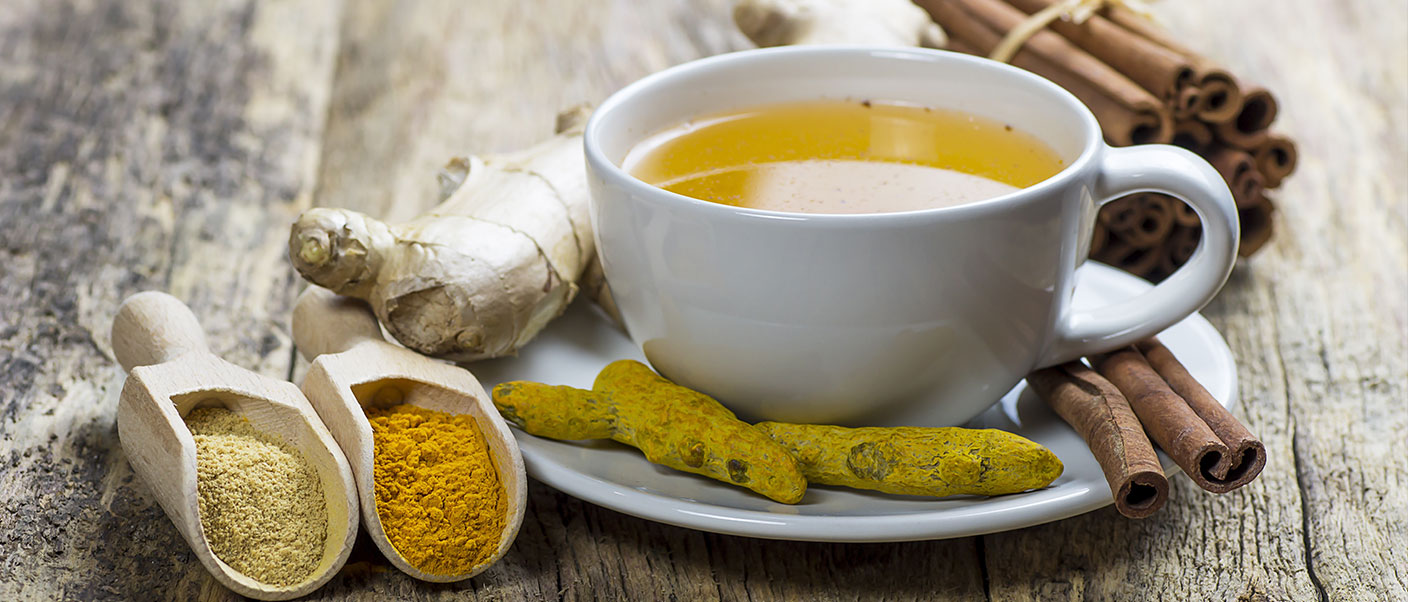
Turmeric tea is also the alternative as a less addictive beverage, and kombucha enthusiasts mainly seek to eliminate and replace artificial sweeteners with sugars that are more natural.
3. Beverages for cognitive health
Let’s not lose sight of this group, because beverages for cognitive health are in the crosshairs of manufacturers as they are among the preferences of millennials. Experimentation is underway with certain components such as CBD, collagen and adaptogens.
Nootropics, agents for enhancing intelligence and memory and stimulating creativity and comprehensive clarity, are also on the list of components of these novel propositions.
4. Hydrating beverages and probiotic seltzers
Among the convenience trends, read-to-drink (RTD) tea is gaining particular prominence, and it is expected that 2021 will be the year the so-called sugar-free waters enhanced with electrolytes and based on mineral salts take off.
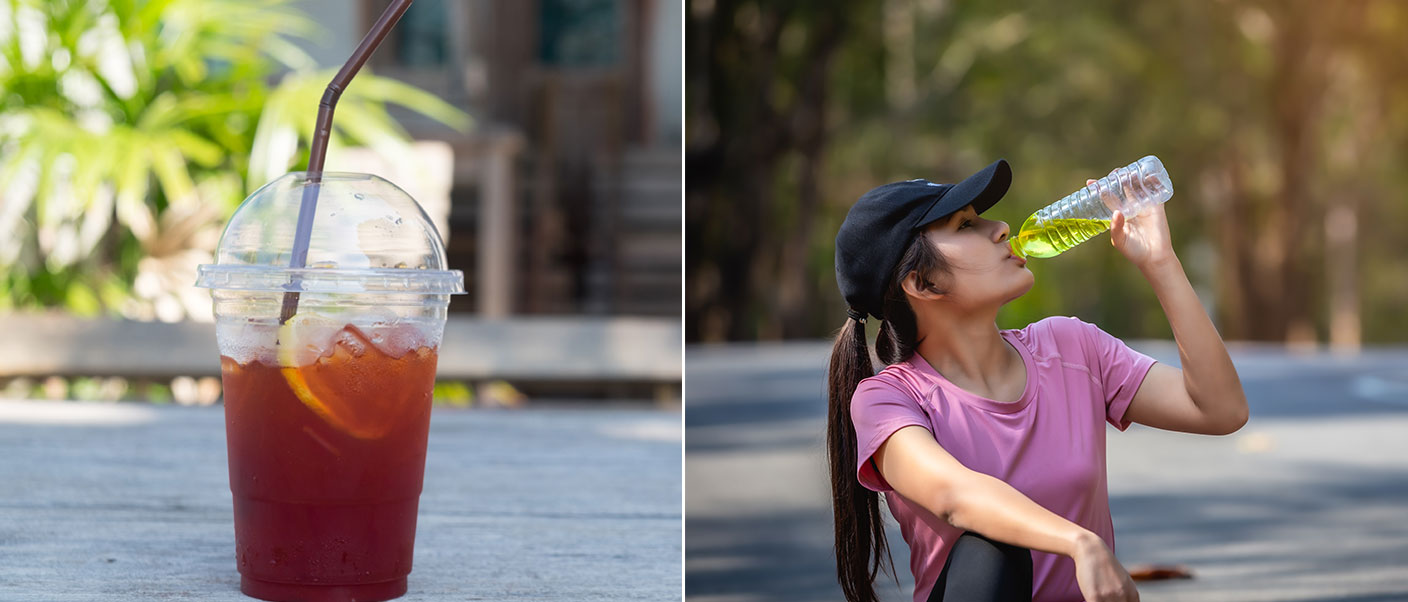
And, then there are the probiotic seltzers for maintaining healthy intestinal flora. A non-alcoholic category that contains hardly any sugar and whose varied exotic fruit flavours make them a very pleasant dose for the palate.

Source: Packaging of the World
5. Caffeinated drinks: coffee with oat milk, nitro coffee and cold-brew coffee
In recent years, there has been a significant uptick in caffeinated beverage category, with great demand for oat milk lattes as the best alternative among the plant-based milks.

Although consumption of these coffee-based functional beverages is once again dominated by millennials, other demand groups are appearing, such as Generation Z and X and, quietly, the baby boomers.

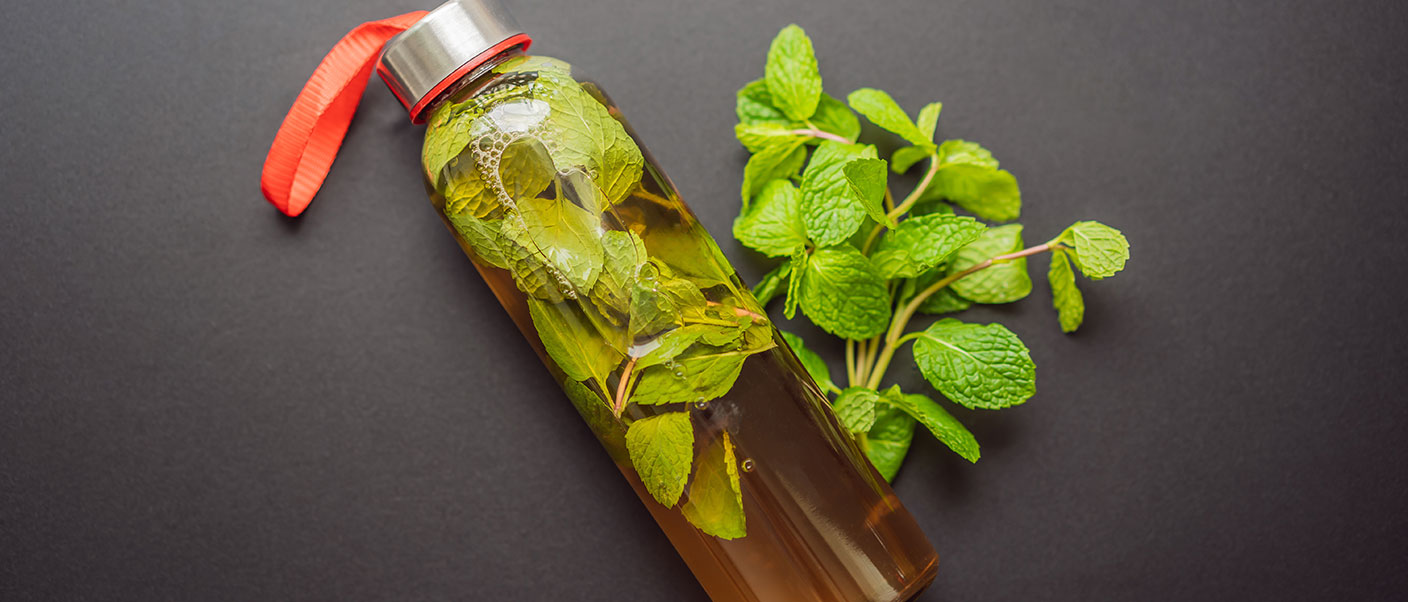





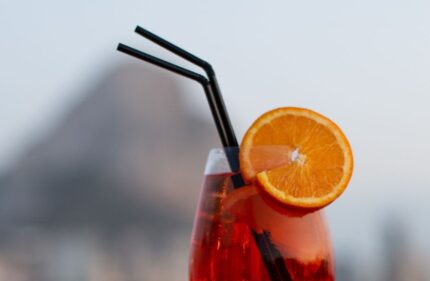

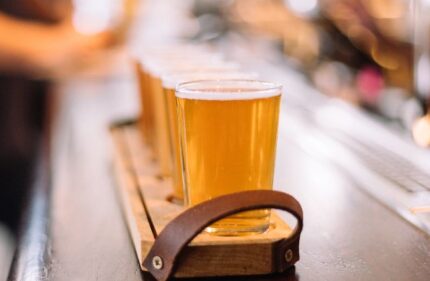
Comments